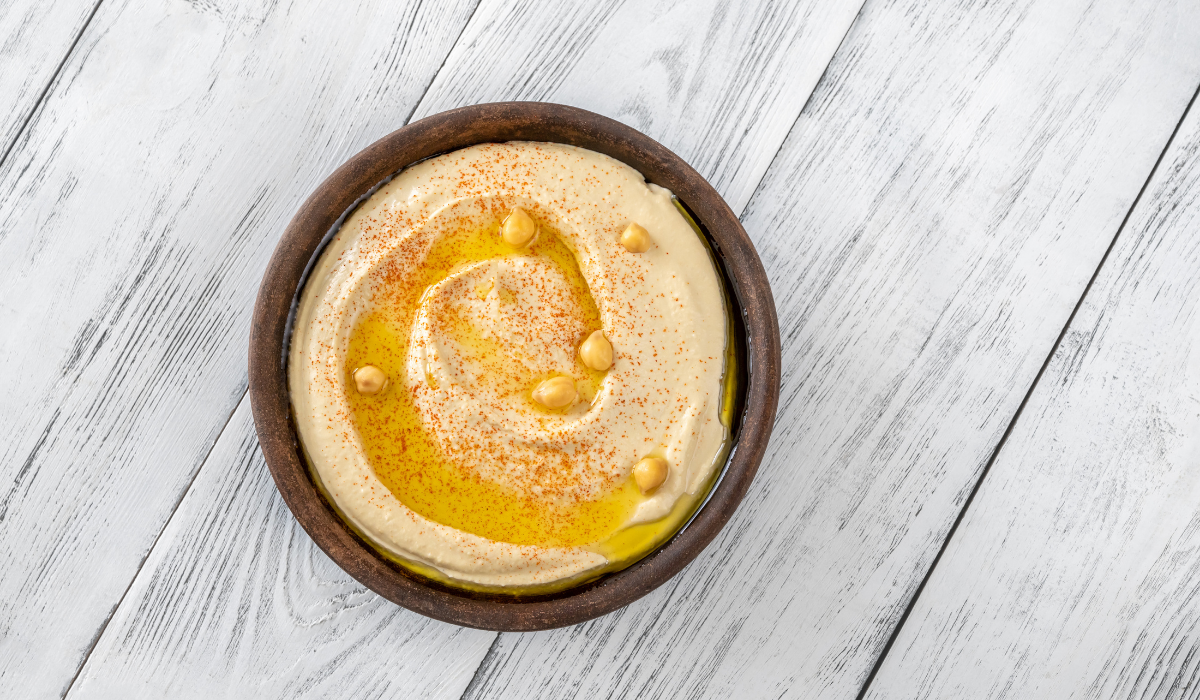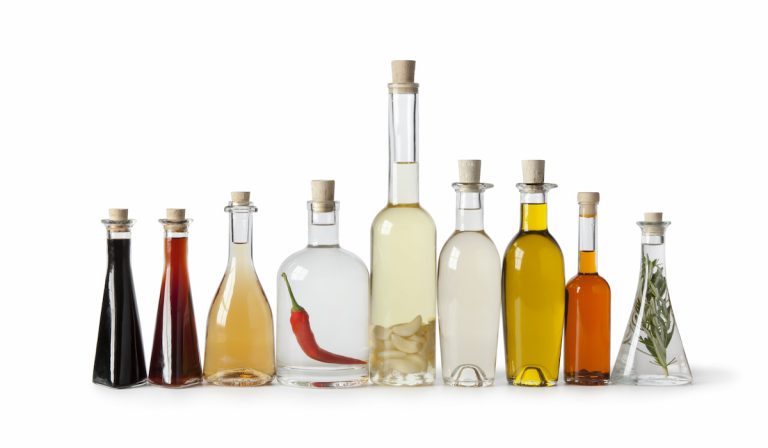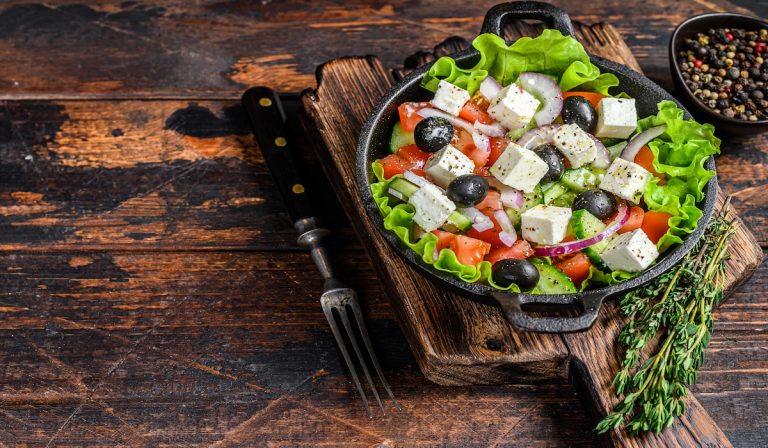Are Chickpeas Paleo? (Is Hummus Paleo?)
Are you a newbie to the Paleolithic diet? You may be finding it hard to know what food you should eat and which ones to avoid. For instance, you may be wondering, are chickpeas paleo? What about hummus?
Are chickpeas paleo?
Chickpeas or garbanzo beans are not paleo because they are legumes. The strictest paleo diet forbids eating legumes, grains, sugar, and processed foods.
The Paleo Diet
The paleo diet is meant to emulate what our hunter-gatherer ancestors ate. But since most of them didn’t keep written diaries, there’s plenty of debate over what they did and didn’t eat.
As a result, the paleo diet has a lot of different variations.
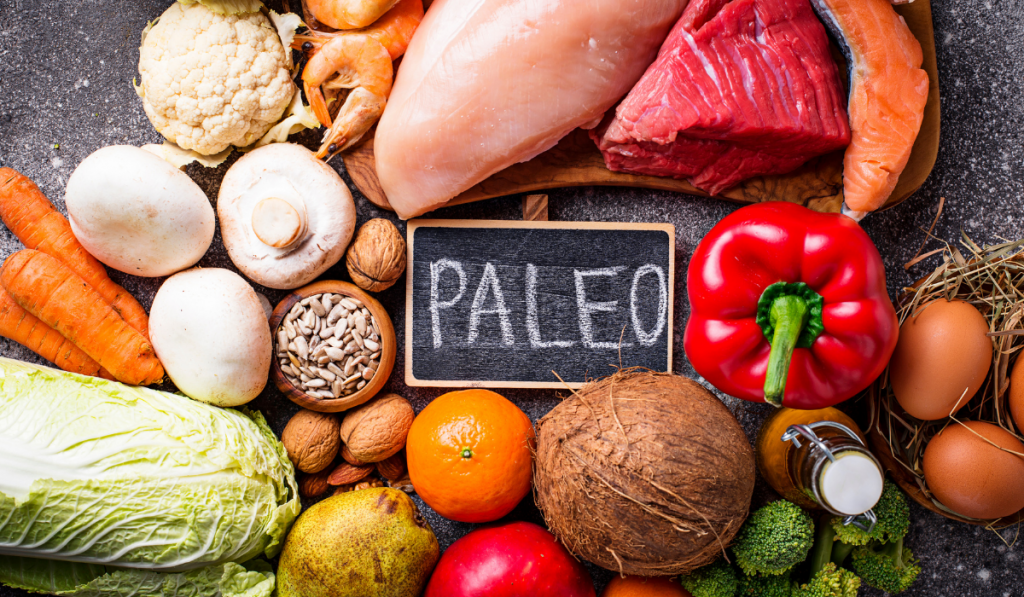
The most restrictive versions of the paleo diet limit legumes, including chickpeas, because their relatively recent introduction to the human diet makes it hard to know exactly how our bodies process them.
However, many other paleo experts argue that legumes should be allowed, with some caveats about how they’re prepared and stored.
What Are Chickpeas?
Chickpeas, also known as garbanzo beans, are probably the most popular legume. They’re a staple in Mediterranean and Indian cuisine and the main ingredient in hummus.
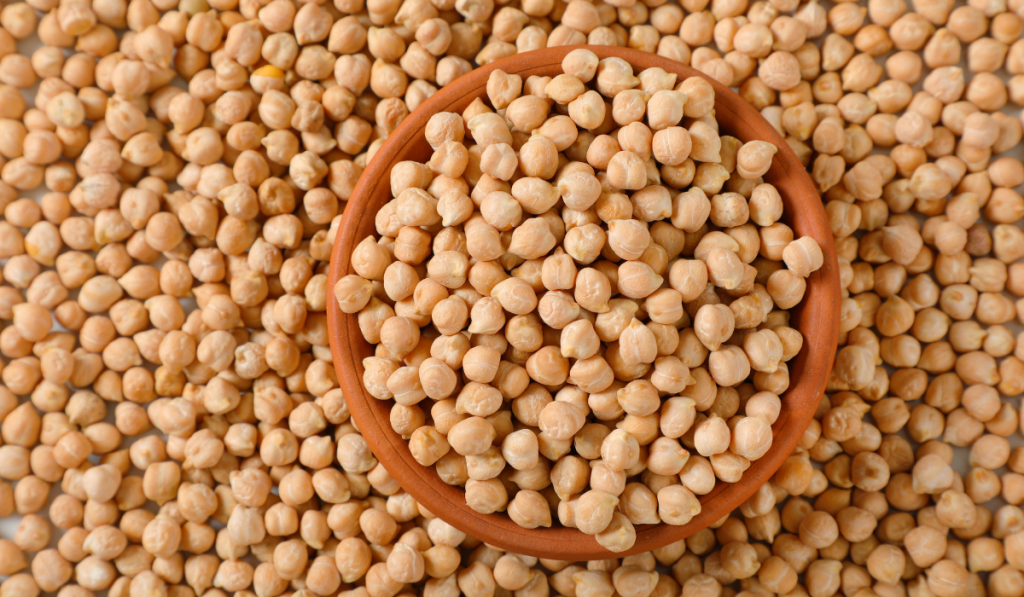
Chickpeas are legumes from the Fabaceae family, which also includes soybeans, peanuts, lupine, and alfalfa. They grow in pods on bushy-like plants with white or pink flowers and tend to take 90-100 days to mature.
Chickpeas are high in protein and have been cultivated for thousands of years worldwide.
What Is Hummus?
Hummus, which is Arabic for chickpea, is a food dip or spread made from cooked and mashed chickpeas. Hummus is a popular food in the Middle East and Mediterranean regions.
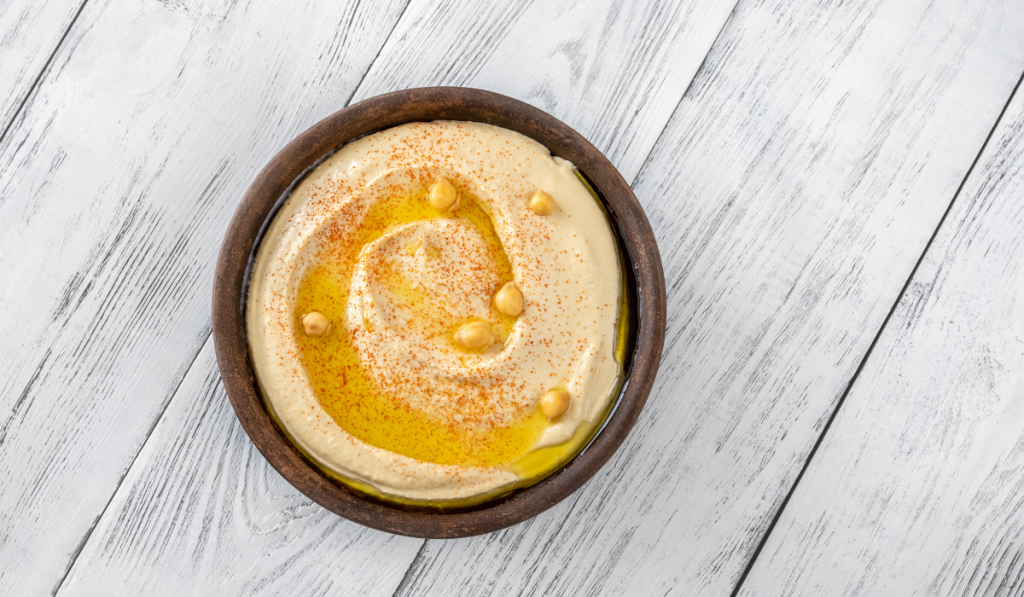
Is Hummus Paleo?
No. Hummus is not paleo since it is made from chickpeas, which are legumes and not allowed in the paleo diet.
Chickpeas are also high in carbohydrates, which can cause blood sugar spikes. They contain antinutrients that interfere with digestion and absorption of nutrients, such as lectins and phytates.
Hummus is a popular ancient Middle Eastern recipe made from blended chickpeas. The ingredients of hummus consist of chickpea, tahini, lemon juice, garlic, and olive oil.
It is possible to omit chickpeas and make hummus with other vegetables like cauliflower or zucchini to make it paleo.
Why Legumes Are Not Paleo
The idea is that you should avoid legumes because of the phytic acid and lectins they contain. While some people do not have any problems eating legumes, others experience bloating or gas when consuming even small amounts.
Many people also find that their digestive symptoms disappear when legumes are eliminated from their diet.
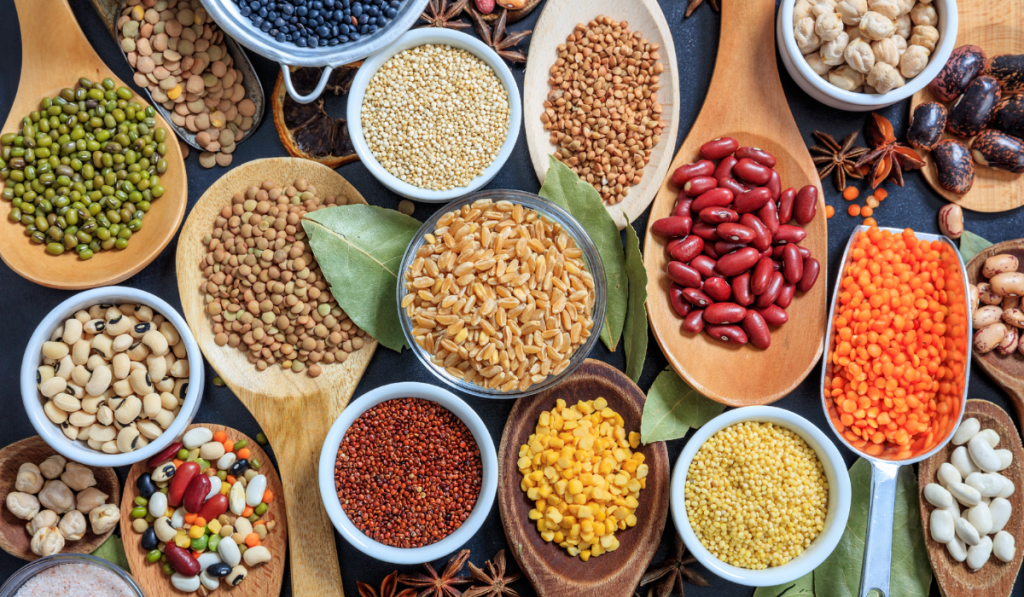
The main reason that legumes are considered to be problematic is because of phytic acid and lectins.
Phytic acid is an enzyme inhibitor, which means it blocks the body’s ability to break down proteins into amino acids. Lectins are sticky proteins that bind to the lining of the intestines and prevent nutrients from being absorbed.
Because phytic acid inhibits the breakdown of proteins, it can lead to malnutrition due to a lack of protein absorption. This can lead to anemia and other related health issues if prolonged for a long time.
Reasons to Avoid Chickpeas
There are many other reasons to avoid chickpeas. These include:
- Allergic reactions
- Acne breakouts
- Hormone disruption
- Digestive distress
- Increased bloating
If you are craving some veggie dip that is paleo-friendly, you can make a hummus recipe from cauliflower and other vegetables. You can serve this with paleo crackers or veggie sticks as a table snack or appetizer.
Types of Paleo Diet
The type of paleo diet you follow can also determine if you can eat chickpeas or not. There are two versions of paleo diets: strict and modified (moderate).
The Strict Paleo Diet
The most common definition of paleo is “strict.” In this version, you eat foods that would be available to these early humans:
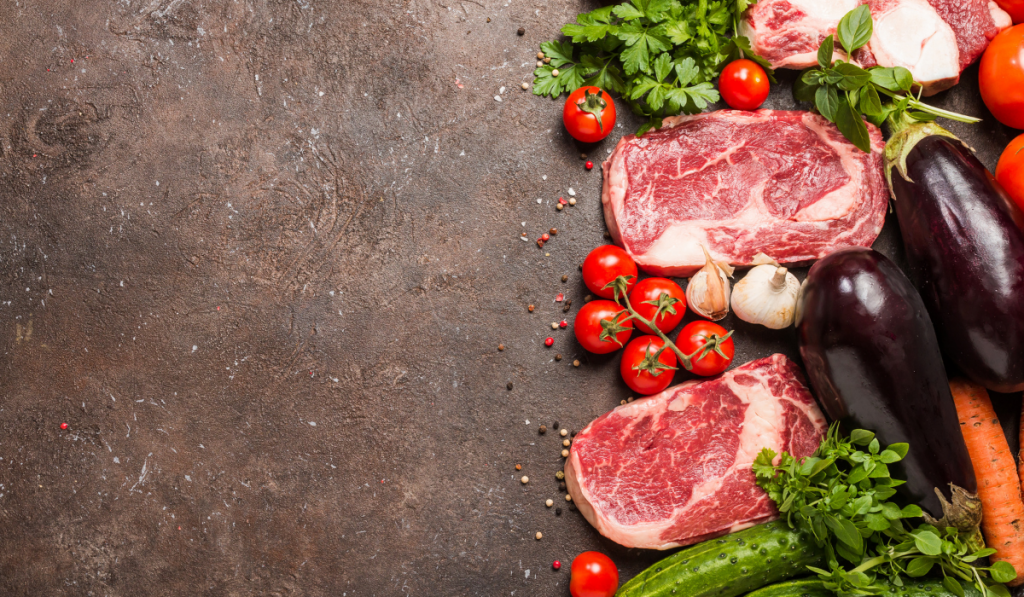
- Lean meats
- Seafood
- Fresh vegetables and fruits
- Nuts
- Seeds and other healthy foods
Grains, legumes (beans), dairy products, and processed foods are out.
The Moderate (Modified) Paleo Diet
There is another interpretation of the paleo diet that is more moderate. In addition to what is in the strict diet, you can also eat:

- Whole grains, e.g., brown rice
- Legumes such as beans and chickpeas
- Dairy products
- Pasture-raised meats
This diet also eliminates processed foods like candy bars, soda pop, white bread, and other processed carbs.
If you follow a moderate paleo diet, you can eat hummus or chickpeas. But if you follow the strict paleo diet, then you should avoid eating chickpeas or hummus.
Benefits of Eating Chickpeas and Hummus
Are there any benefits to eating chickpeas or hummus?
Chickpeas and Hummus Are Nutrient-Dense
Chickpeas have essential nutrients such as proteins, fiber, antioxidant vitamins, iron, and potassium. When you eat hummus, you get a relatively high serving of protein.
If you want an easy protein intake, then you might consider eating hummus.
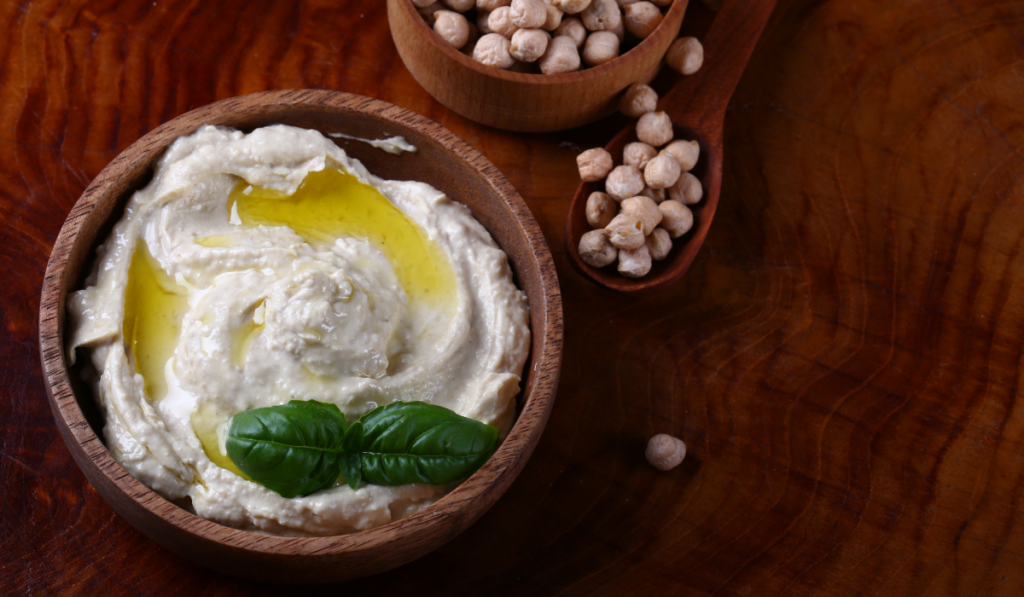
Chickpeas are Great for Appetite Control
If you are trying to lose weight, eating hummus will help control your appetite and make your weight loss goal more achievable.
In one study, eating hummus as a snack caused a reduction in appetite by 70%. This makes hummus effective in reducing hunger.
Hummus Maintains Healthy Blood Sugar Levels
When you eat fiber-rich hummus, you feel fuller, and this helps in promoting healthy blood sugar levels. Hummus contains a lower sugar content than other popular snacks, making it a good snack alternative for those following a moderate paleo diet.
Hummus also helps you reduce the risk of getting type 2 diabetes as you will be able to control your blood sugar levels.
Final Thoughts
Chickpeas and hummus are two foods that cause the most confusion among paleo dieters. They’re frequently mentioned on the lists of foods to avoid.
Although many people on the paleo diet avoid legumes, some still enjoy chickpeas, hummus, and other legumes.
If you choose to eat legumes, ensure you consume them in moderation if you tolerate them well. Prepare your chickpeas properly by soaking and cooking them, and enjoy their benefits.

